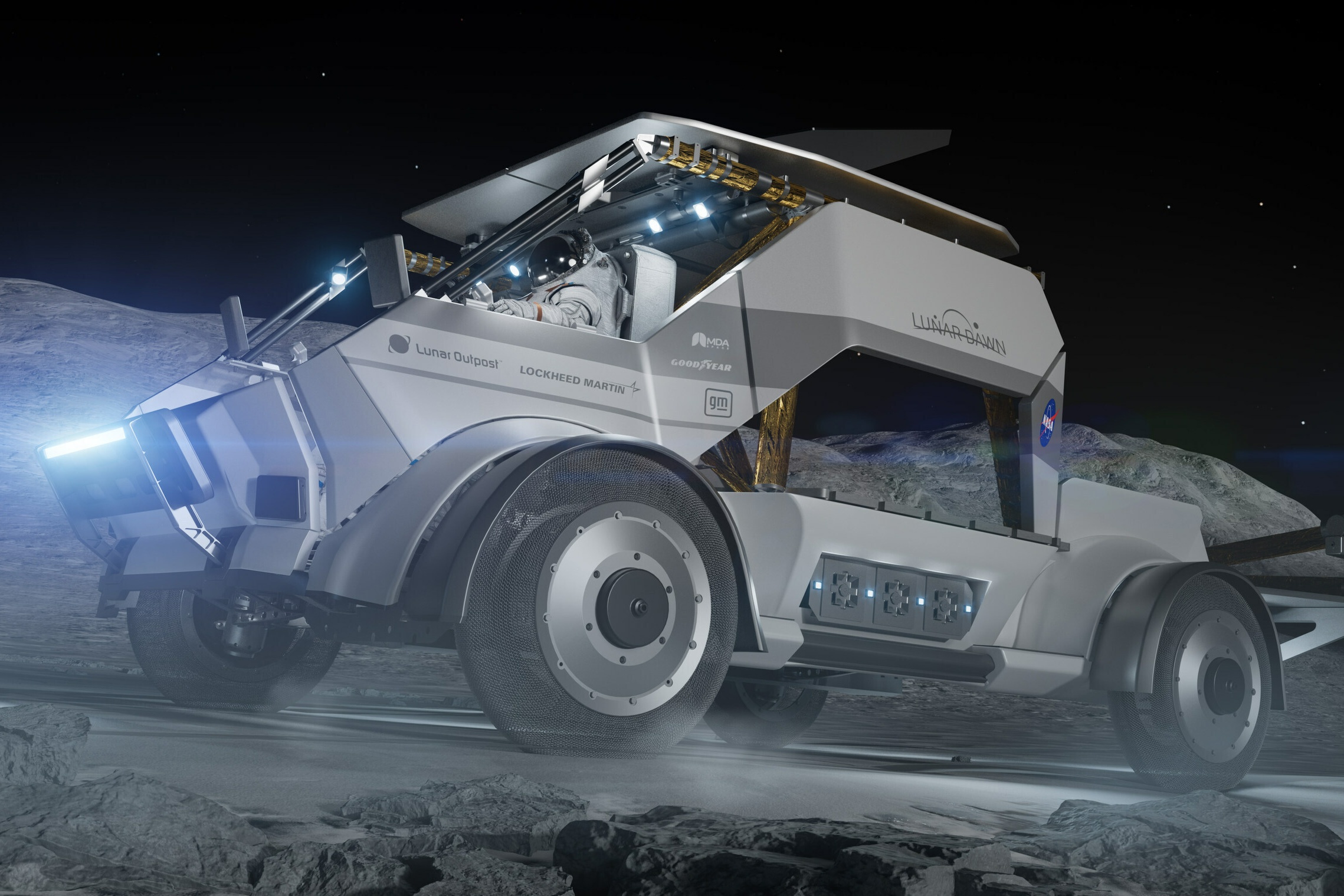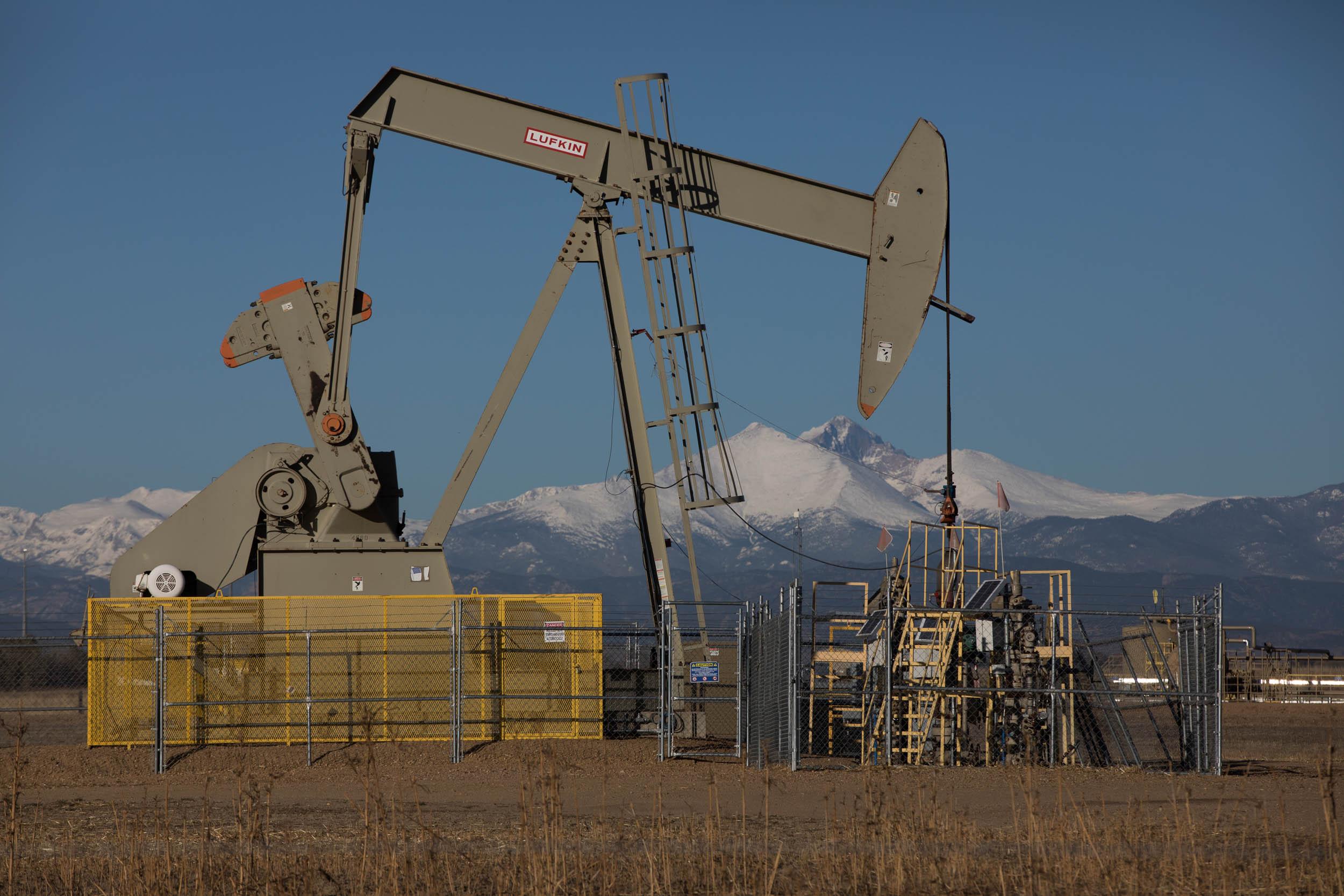
A Golden and Arvada-based space company has been chosen as a “prime contractor” vying to create NASA’s next-generation lunar rover. The company hopes American astronauts will use them to get around the moon later this decade.
NASA announced the contract with Lunar Outpost on Wednesday. The company, founded in 2017, will take the lead on the project with principal partner Lockheed Martin. Other companies announced in the partnership include General Motors and Goodyear.
"Surface mobility is a critical capability for humanity's future in space,” said Lunar Outpost CEO Justin Cyrus in a press release, adding that the future Lunar Terrain Vehicle (LTV) “will be used to provide mobility to Artemis astronauts and perform critical missions autonomously on the Moon for commercial endeavors."
While it’s a major win for the small and scrappy Colorado startup, the NASA contract is not a guarantee the Lunar Outpost vehicle will be the final option selected for future manned lunar missions.
Two other teams, led by Texas-based Intuitive Machines and California-based Venturi Astrolab have also been selected for this first phase of LTV development. NASA anticipates awarding a final contract “to only one provider.”
NASA commended the Lunar Outpost LTV design for meeting the requirements set forth, including that the vehicle be able to handle the particularly extreme conditions at the Moon’s South Pole, where future Artemis missions are planned. A NASA press release also said the vehicle ultimately chosen for the moon should feature “advanced technologies for power management, autonomous driving, and state-of-the-art communications and navigation systems.”
If selected, Lunar Outpost would send its vehicle to the moon for a demonstration mission before its planned use by Artemis V astronauts in September 2029. NASA said the LTV will then be used for additional moonwalking and scientific exploration needs through 2039.









